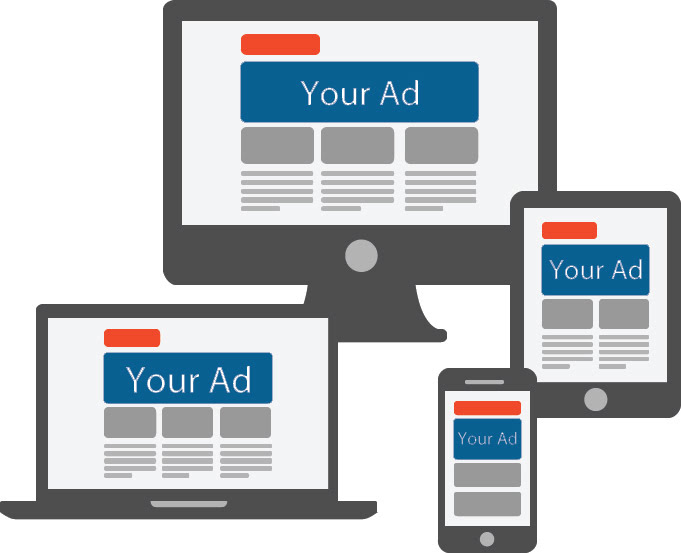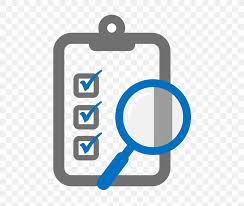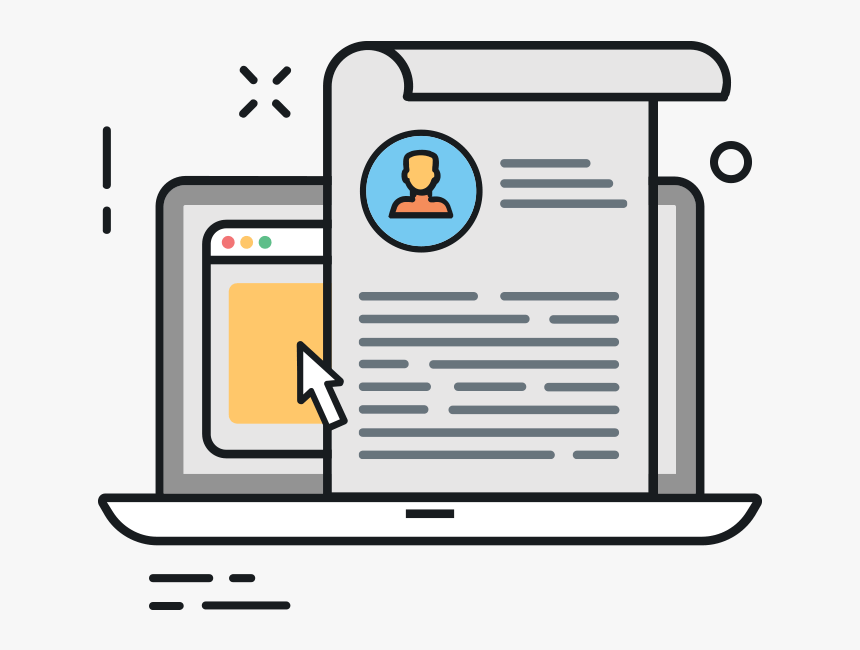Unlocking Location-Based Marketing Success: A 15-Step Guide to Geofencing
In today's rapidly evolving digital landscape, businesses are constantly seeking innovative strategies to engage customers and expand their reach. Geofencing, a powerful location-based marketing technique, offers a unique opportunity to connect with your target audience in a highly targeted and personalized way. This comprehensive guide outlines fifteen crucial steps to effectively leverage geofencing for remarkable location-based marketing success.
1. Grasping the Geofencing Concept: Geofencing establishes virtual boundaries around specific geographic locations—a store, event, or even a competitor's premises—utilizing GPS, Wi-Fi, or cellular data. This allows businesses to deliver precisely targeted messages to customers within that defined area, fostering highly relevant interactions.
2. Defining Your Ideal Customer: Before embarking on a geofencing campaign, meticulous identification of your target audience is paramount. Thoroughly analyze customer demographics, buying behaviors, and preferences to pinpoint the individuals most likely to respond positively to location-based marketing initiatives. This ensures efficient resource allocation and maximizes campaign impact.
3. Selecting the Optimal Geofencing Platform: The market offers a diverse range of geofencing platforms, each with its unique features and capabilities. Conduct thorough research to select a platform perfectly aligned with your business objectives and budget. Consider factors such as ease of use, scalability, reporting capabilities, and integration with existing marketing technologies.
4. Establishing Clear, Measurable Goals: Clearly define the specific outcomes you aim to achieve with your geofencing campaign. Whether it's driving foot traffic to a physical store, boosting online sales, increasing brand awareness, or capturing lead information, establishing concrete goals ensures effective campaign design and evaluation.
5. Crafting Irresistible Content: Develop engaging and persuasive content that resonates deeply with your target audience. Employ compelling visuals, personalized messaging, and a clear call to action to maximize engagement and conversion rates. The content should seamlessly integrate with the customer's location and context.
6. Precisely Defining Geofence Boundaries: Carefully determine the precise geographical boundaries of your geofences. Consider the proximity to your business, competitor locations, or event venues. Strategic boundary definition significantly impacts campaign effectiveness and optimizes resource utilization.
7. Synergizing Geofencing with Social Media: Expand your reach by integrating geofencing with your social media strategy. Target users attending specific events or located near your business by creating geofences around relevant locations and promoting exclusive offers or contests through social media channels.
8. Mastering the Art of Timing: The timing of your geofencing messages is crucial. Deliver offers and notifications at the most opportune moments to capture potential customers' attention. For instance, alert passersby of a limited-time sale when they are near your store, maximizing the likelihood of immediate action.
9. Continuous Monitoring and Analysis: Regularly track and analyze the performance of your geofencing campaigns. Monitor key metrics such as click-through rates, conversion rates, foot traffic, and return on investment (ROI). Use data-driven insights to refine your strategies and optimize future campaigns.
10. Personalizing the Customer Experience: Enhance engagement by personalizing messages and offers based on customer location, preferences, and past interactions. Tailored experiences foster stronger connections and increase the likelihood of conversion.
11. Integrating Beacons for Enhanced Engagement: Elevate your geofencing strategy by incorporating beacons. These small Bluetooth-enabled devices transmit targeted messages to customers' smartphones upon entering a geofenced area, creating a more interactive and personalized experience.
12. Leveraging Geofencing for Customer Retention: Geofencing is not just about acquiring new customers; it's equally valuable for retaining existing ones. Send exclusive offers, loyalty rewards, or personalized reminders to encourage repeat visits and foster brand loyalty.
13. Embracing the A/B Testing Methodology: Continuously experiment with different geofencing strategies and analyze their effectiveness. A/B test various messages, geofence locations, and timing to identify optimal campaign elements and maximize results.
14. Prioritizing User Privacy: Adhere strictly to privacy regulations and obtain explicit user consent before utilizing their location data. Transparent communication about data usage and respecting privacy rights build trust and maintain a positive brand image.
15. Staying Ahead of the Curve: Geofencing technology and marketing strategies are constantly evolving. Stay informed about the latest advancements and industry best practices to ensure your campaigns remain effective and competitive.
By diligently following these fifteen steps, businesses can unlock the immense potential of geofencing for location-based marketing. Remember to personalize your approach, meticulously analyze results, and prioritize user privacy to create impactful and memorable campaigns. Embrace geofencing as a powerful tool in your marketing arsenal and watch your business flourish in the digital age.






No comments yet. Be the first to share your thoughts!